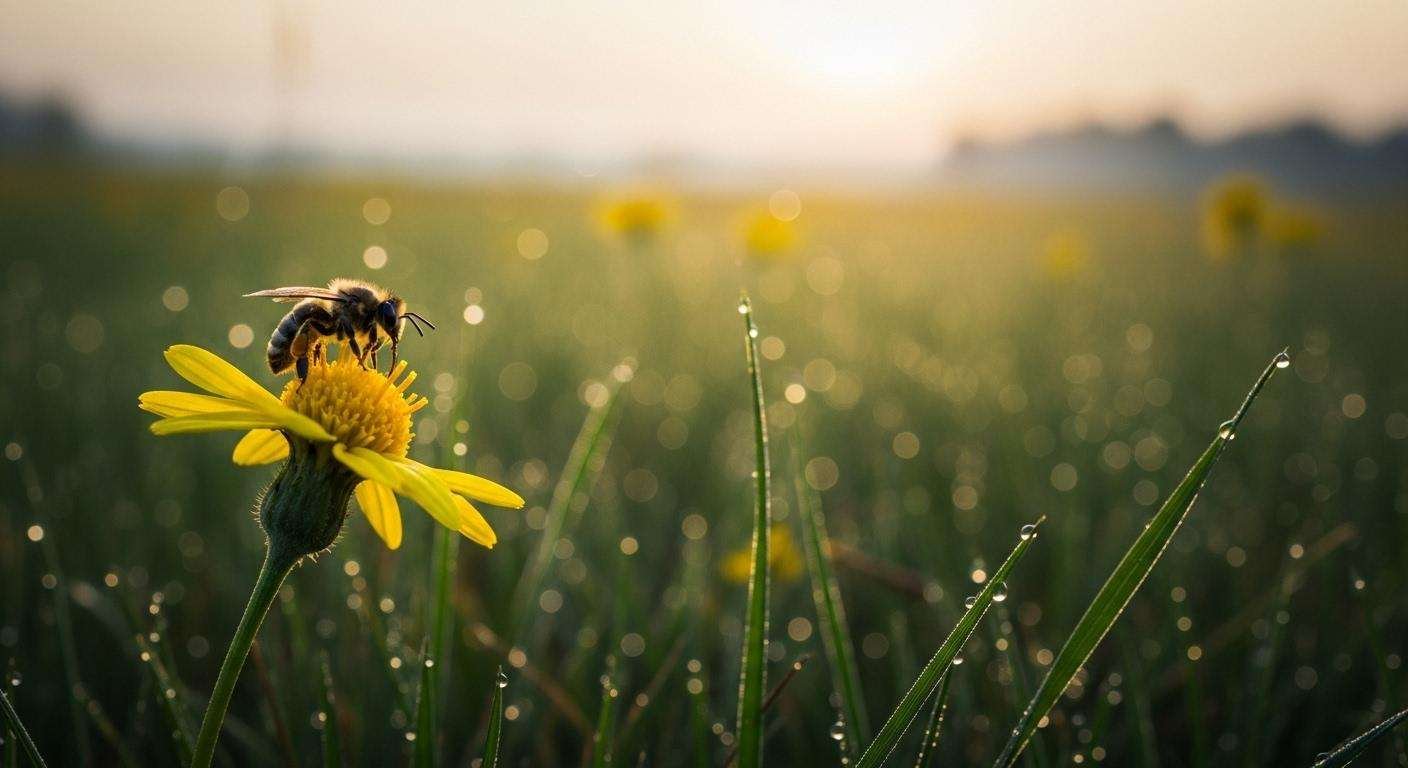
Introduction to the Crisis Facing Wild Bees
You would think that given my deadly allergy to bee stings I might be less of a fan of bees than otherwise makes sense. But by now we are mostly aware that bees – and wild bees in particular are the unsung heroes of our ecosystems and agriculture systems.
These industrious insects pollinate a wide variety of plants, including the crops that eventually make it to our dining tables. Yet, their numbers are declining at an alarming rate. Over the last decade, the number of wild bee species in Europe at risk of extinction has doubled. This isn’t just an alarming statistic; it’s a serious call to action.
Historical data reveal a worrying trend: more and more bee species are teetering on the brink of extinction. But why are they disappearing, and what can we do to help? Let’s dig into the factors contributing to their decline and explore ways we can support these buzzing champions of biodiversity.

Factors Contributing to the Decline of Wild Bee Populations
The decline of wild bee populations isn’t due to a single cause. In most cases, it’s a cocktail of factors that put these vital insects at risk. First off, habitat destruction and urbanization are wreaking havoc on the natural landscapes where bees thrive. As cities expand, wild bees lose critical feeding and nesting grounds.
Widespread pesticide use is another culprit. Chemicals designed to protect crops can have unintended lethal effects on bee populations. And then there’s climate change, which is interconnected with sustainable waste management efforts, introducing extreme weather patterns that disrupt bees’ natural life cycles and food sources.
Furthermore, invasive species pose a challenge. Competition and predation from non-native species can tip the delicate balance of local ecosystems, pushing native bees closer to extinction. It’s a tough world out there for a bee.

Regional Analysis of Bee Species at Risk in Europe
Certain regions in Europe are witnessing more pronounced declines in bee populations. Southern Europe, for example, faces significant challenges due to the combination of extreme weather and intensive agriculture. Meanwhile, Central and Eastern Europe grapple with habitat fragmentation. Embracing circular economy principles could aid in addressing these challenges.
Each country presents its unique challenges and stories. In countries like France and Spain, intensive farming practices impact bee habitats. In the UK, urban sprawl and pesticide use are leading causes of bee population decline. Addressing these regional disparities is crucial for creating effective conservation strategies.

The Interconnectedness of Wild Bees and Human Agriculture
Why should we care about these pollinators? Simply put, bees are essential for agriculture. They play a pivotal role in pollination, helping to ensure that plants bear fruit. Without them, many crops would yield significantly less, affecting food supplies and prices.
The economic implications of dwindling bee populations are staggering. Fewer bees mean less pollination and, consequently, reduced crop yields. This not only affects farmers and the agricultural industry but also threatens global food security. Long-term, the absence of wild bees could reshape global food systems in ways we’re only beginning to comprehend.
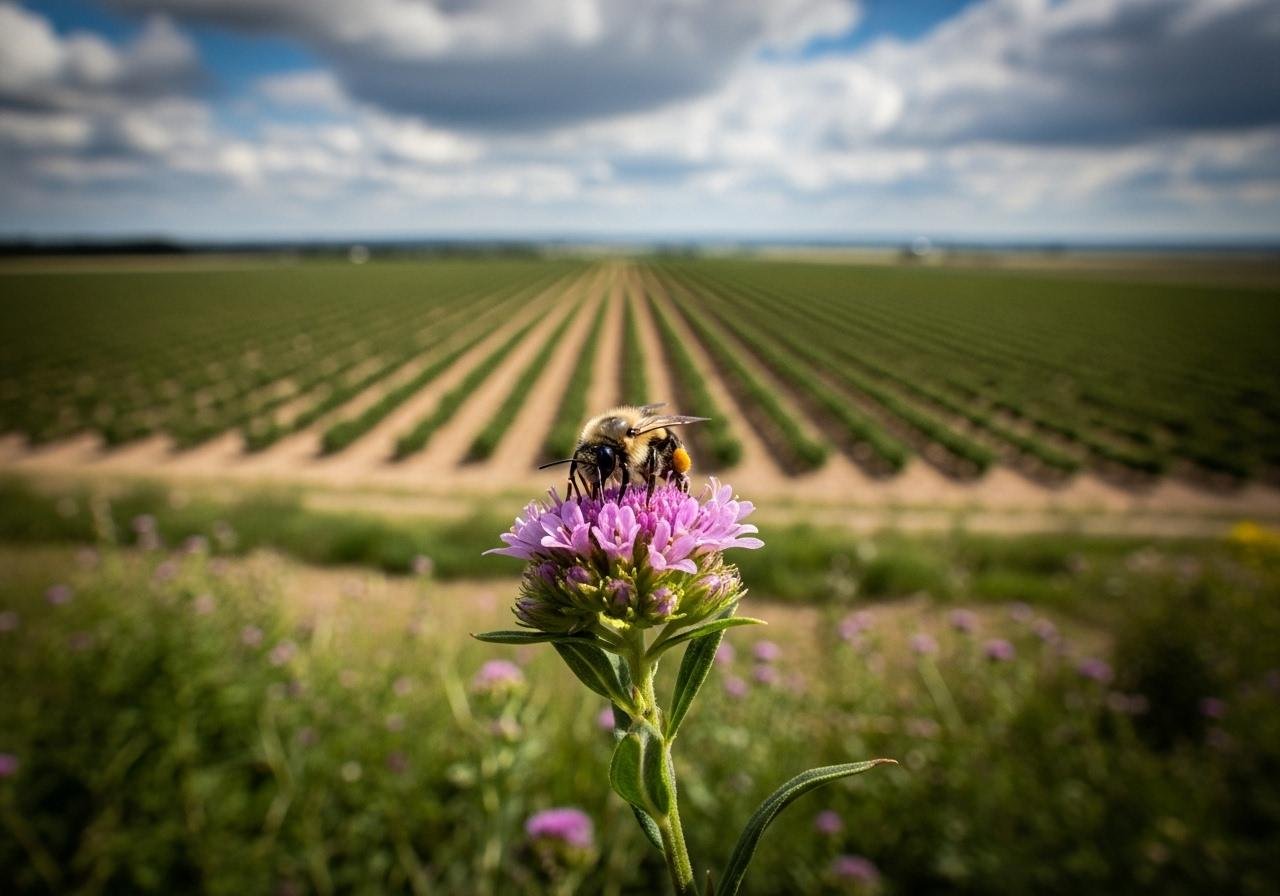
Conservation Efforts and Strategies to Protect Wild Bees
Thankfully, efforts are being made to turn the tide. Conservation projects across Europe are working to restore bee populations. For instance, habitat restoration initiatives aim to provide bees with safe spaces to flourish.
Government policies can play a pivotal role in bee preservation. Banning harmful pesticides and promoting bee-friendly farming practices are steps in the right direction. Communities and individuals can also pitch in by creating bee-friendly gardens and supporting local conservation efforts, thus promoting a zero-waste lifestyle. Every little bit helps when it comes to preserving these essential creatures.
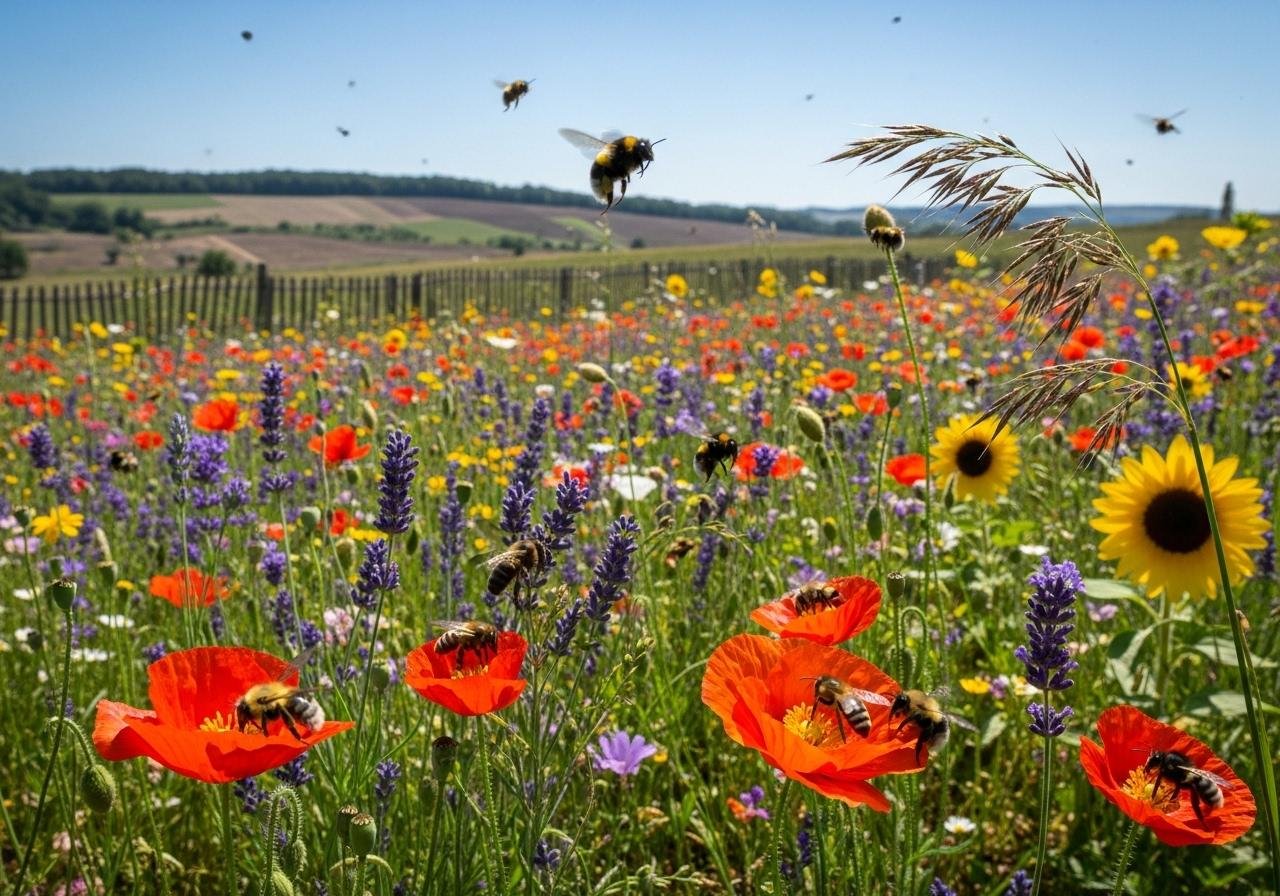
Innovative Research and Technological Solutions
Scientific advancements are lighting the way to healthier bee populations. New research is revealing insights into bee health, while technological developments in monitoring provide data-driven strategies for conservation.
Alternative pest control methods, like integrated pest management, reduce the need for bee-harming chemicals. Sustainable farming practices that promote biodiversity also offer a glimmer of hope for bee survival. Innovation isn’t just for tech companies; it’s for beekeepers, farmers, and conservationists too.

How Individuals and Communities Can Advocate for Wild Bees
We all have a role to play in supporting wild bees. Want to help? Start by planting flowers that attract bees, like lavender and sunflowers. Reduce pesticide use in your garden and join local advocacy groups dedicated to bee conservation.
Public awareness and education can shift attitudes and drive change. By supporting bee-friendly practices within your community, you’re contributing to a global effort to save bees, one garden at a time. So, grab your gardening gloves and get to work!
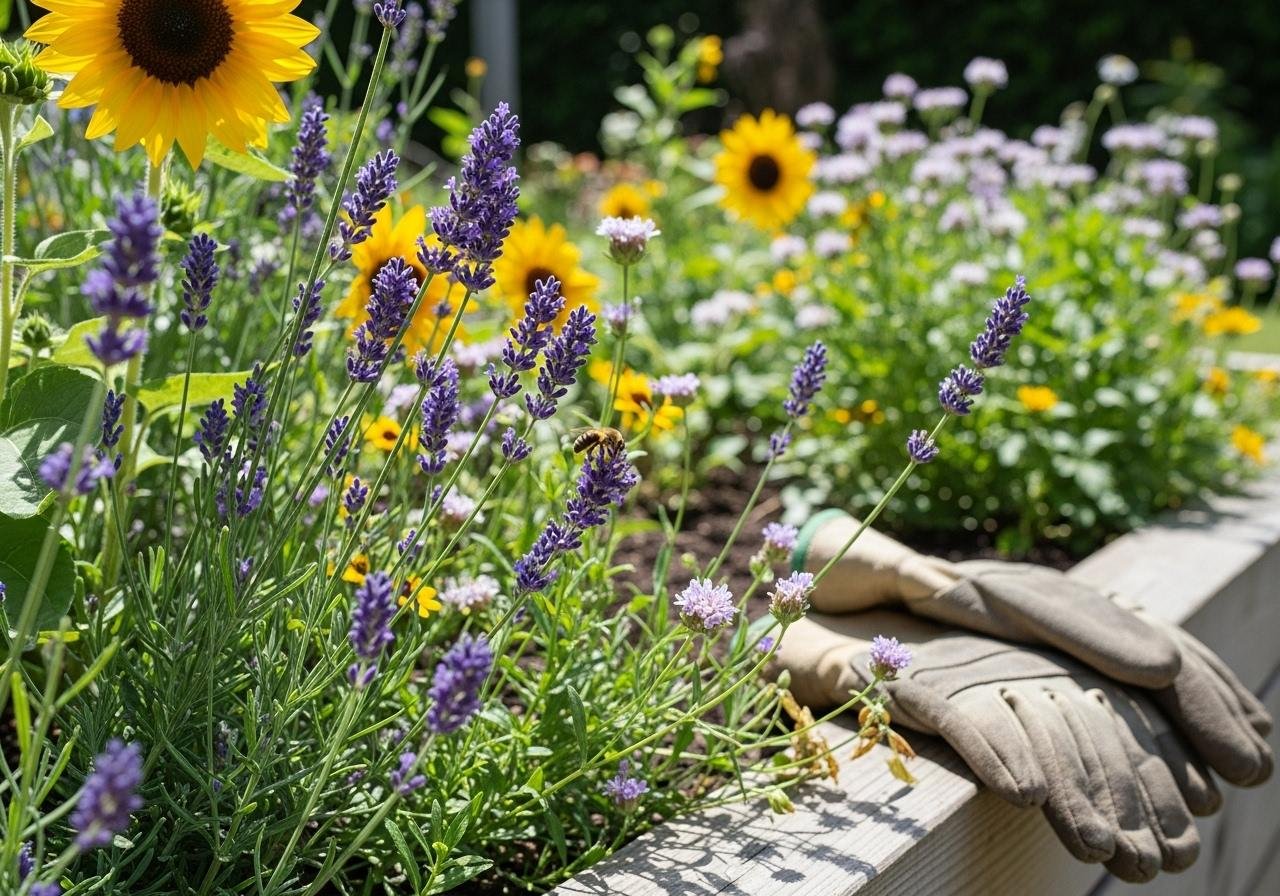
Future Outlook: Ensuring Survival of Wild Bee Species
If current trends persist, bee populations could plummet further, endangering ecosystems and agricultural systems. But it’s not all doom and gloom. Successful conservation interventions can lead to positive outcomes, preserving bee species for generations to come.
Cross-sector collaboration is essential. Governments, researchers, farmers, and individuals must work together to create a sustainable future for bees. The time to act is now. Let’s ensure that wild bees continue to thrive and that their buzzing becomes a sound of hope rather than a whisper of warning.
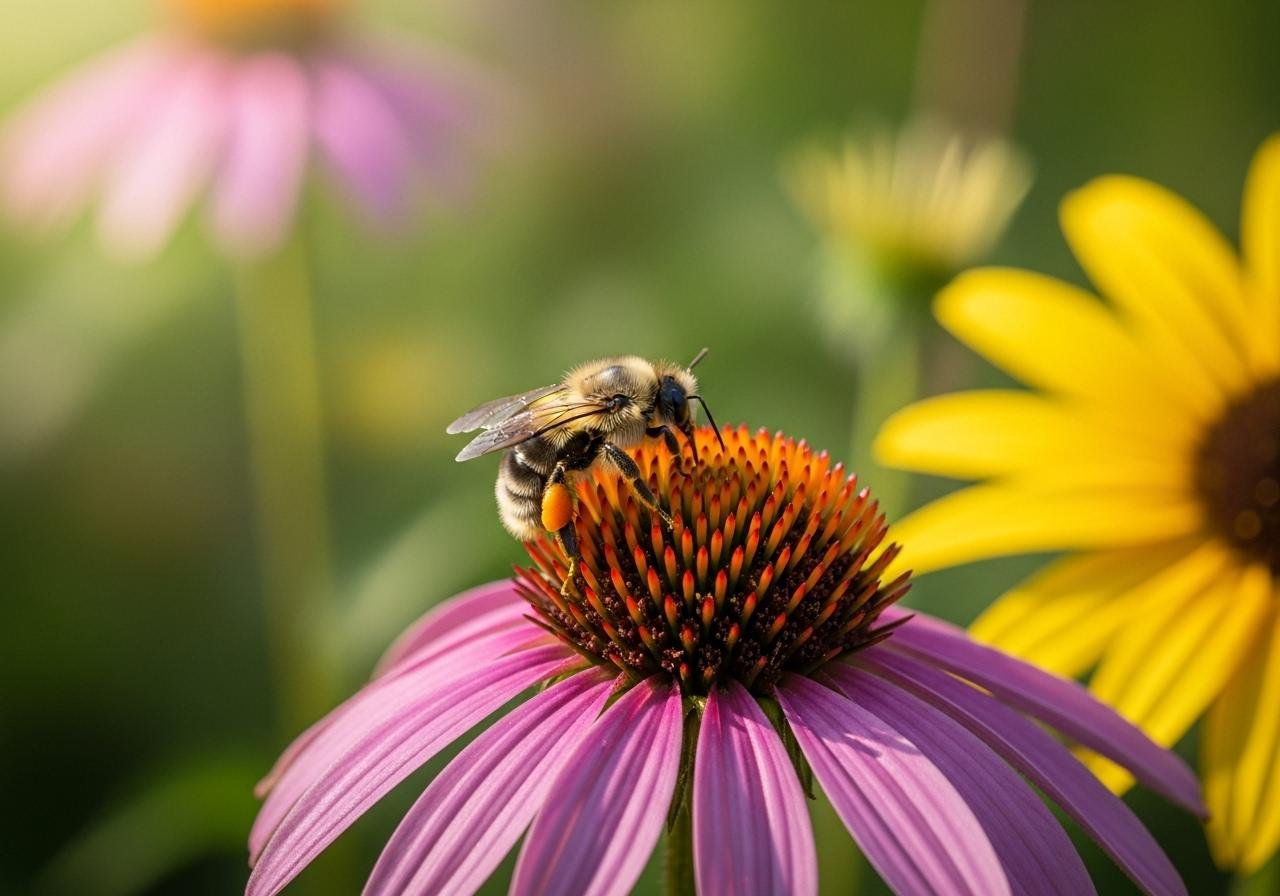
FAQ
Q: Why are bees important for agriculture?
A: Bees pollinate crops, boosting yields and ensuring a stable food supply.
Q: What can I do to help wild bees?
A: Plant bee-friendly flowers, reduce pesticide use, and support local conservation efforts.
Q: Are certain regions more affected by bee decline?
A: Yes, Southern and Eastern Europe face significant challenges due to farming practices and habitat loss.
Summary
- Wild bees are crucial for ecosystems and agriculture but are facing critical decline.
- Habitat loss, pesticides, climate change, and invasive species threaten bee populations.
- Conservation efforts and sustainable practices offer hope for the future of bees.
- Individuals and communities can support bees through small, meaningful actions.
- Cross-sector collaboration is needed to ensure the survival of wild bee species.
This article is for informational purposes only.
Reference: The Guardian
The post Number of wild bee species at risk of extinction in Europe doubles in 10 years appeared first on Green.org.














